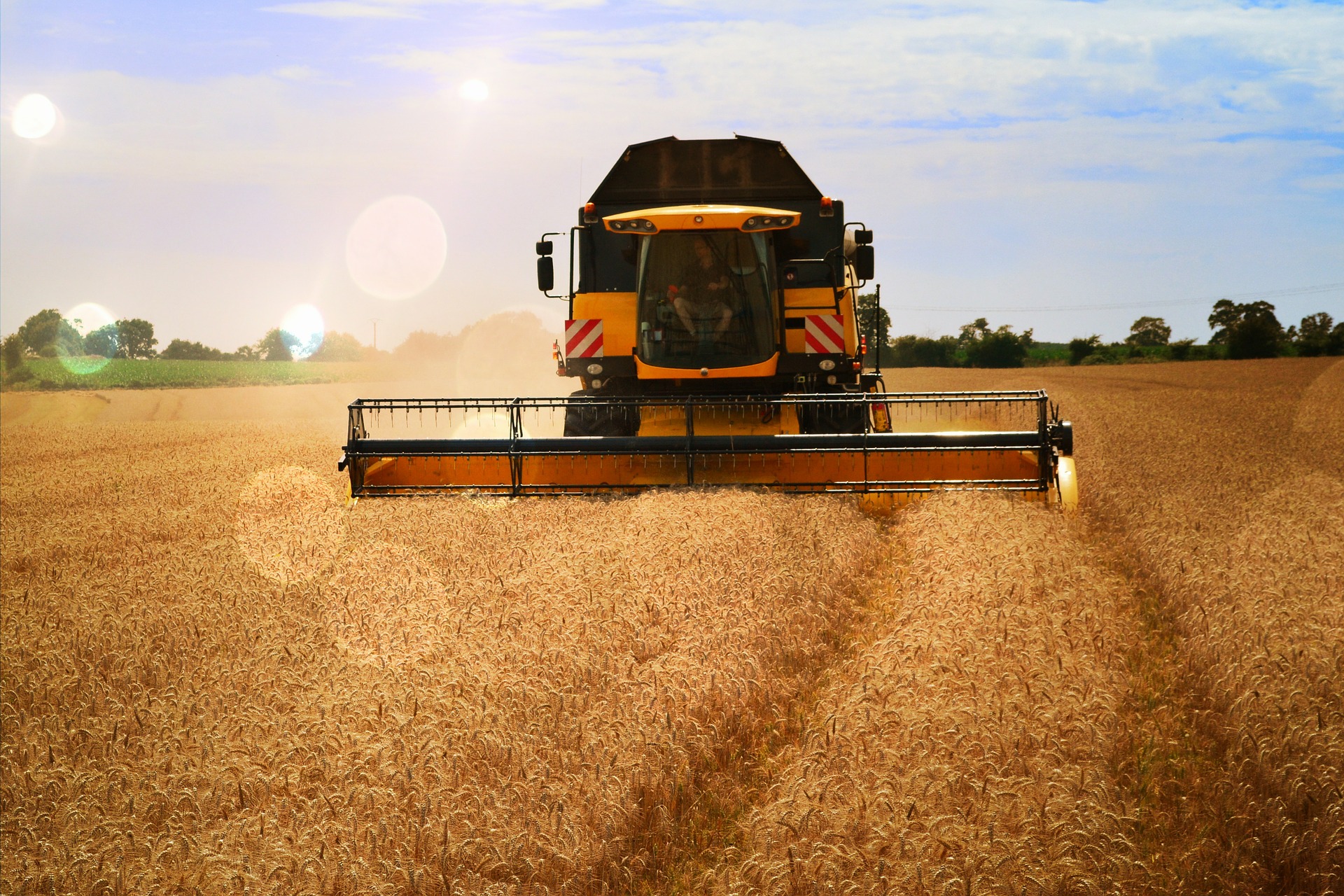By Nicole Cocks, University of Wollongong
Wheat is a cereal grain that is processed and used as a base ingredient for many of our everyday foods such as breakfast cereals, bread, cookies and pastries. Since it is a major component of so many staple foods and is one of Australia’s largest exports, we would want to be producing loads of the stuff, right?
Absolutely! And how do we do this? The industry select those wheat varieties with favourable traits such as high yielding, pest resistant, drought resistant, etc. and cross breed them to create new varieties that will hopefully express all of these traits. However, these are completely new varieties, with a new genetic makeup and so we need to be certain that although they might express the desired advantageous traits, they also might be hiding some problematic genes.
It is because of this that Wheat Quality Australia has a strict testing procedure to allow these new varieties into the commercial industry. Following the destruction of a massive export to Japan, a new level of testing has been introduced to determine if these new varieties are susceptible to expressing the enzyme Late Maturity alpha-amylase (LMA). This particular batch was determined to have expressed LMA, which renders the grain to be unsuitable for further processing and therefore food production.
In order to test if the new varieties will express the LMA, we need to design the experiment carefully with a good understanding of the interactions of all the factors. This means that if we are going to conclude that a certain new breed is going to express LMA based on a measurement, we would like to have minimal variance associated with this statement. It is so important to understand how different factors affect these measurements such as the environment and say, the glasshouses used in the trial that the pots with the wheat plants are grown in.
It is a two stage experiment, to test for LMA. A glasshouse phase, where the wheat varieties are grown in an environment that triggers LMA to be produced and an ELISA phase, carried out in the lab to determine if the grain contains LMA. There are certain “blocking” factors in both stages of this experiment that contribute to the variance of the data and therefore determining the fate of a certain variety.
A good understanding of these factors can then be utilised in the experimental design and also included in the model that is used to fit the data. This then means that we can not only determine if a variety will express LMA but also understand the variance (or confidence) we have in such a statement. It was found that the variance associated with certain factors in the glasshouse phase could not be distinguished from those in the ELISA phase. This phenomenon should be carefully considered in the experimental design to minimise the impact of these interacting factors and reinforces the importance of understanding the variance structure of the experiment.
This is a very important issue for the Grains Industry and costs the sector a lot of money when varieties are determined to have LMA, as they are deemed totally useless. It is therefore so important that we have a very thorough and reliable testing procedure. Statistical models are not perfect and can always be improved and so a good understanding of the factors at play in the experiment can try to achieve this.
Nicole Cocks was one of the recipients of a 2014/15 AMSI Vacation Research Scholarship.

